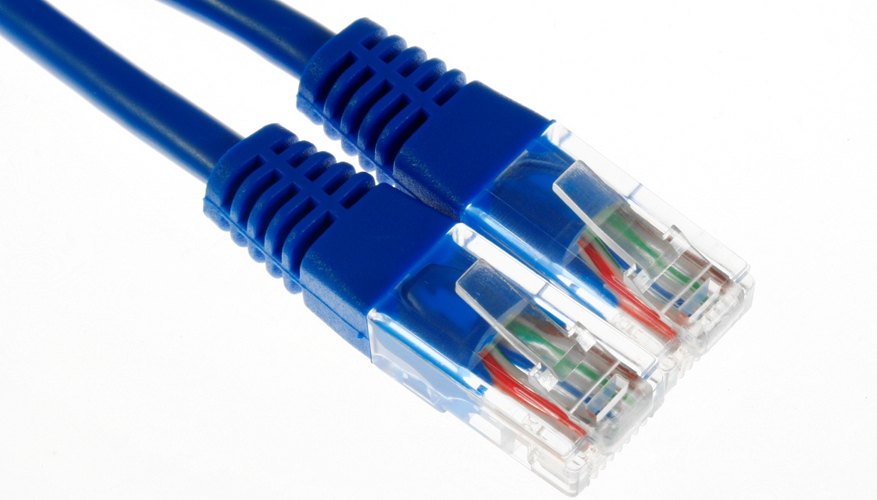Even though Ethernet cables all look similar; subtle differences in the construction of the cabling make a difference in how well it will perform. Ethernet cables use a set of four twisted pair cables and a pair of RJ-45 connectors. The difference between the many types of Ethernet cables is the type of wire used, how it is bundled and the way it is terminated with a connector.
Cat 3 Cable
Category 3 Cable, or Cat 3, is an older iteration of Ethernet cables that is limited to 10 Mbps (megabits per second). Cat 3 cables are not widely used outside of VOIP (Voice-Over Internet Protocol) and other voice solutions. Cat 3 cables have an issue with cross-talk and interference and were quickly replaced with high quality cables as a standard.
Cat 5 Cable
Cat 5 was the widely used successor to Cat 3 cable. Cat 5 allows for 10/100 Mbps. Ethernet connections. The way the cable was wrapped changed from Cat 3 to Cat 5 to not allow as many twists per foot. This reduced the amount of interference.
- Cat 5 was the widely used successor to Cat 3 cable.
- Cat 5 allows for 10/100 Mbps.
Cat 5e Cable
Cat 5e is an enhanced version of Cat 5 cabling. Cat 5e will allow for 10/100/1,000 Mbps. Ethernet connections. Gigabit Ethernet (1,000 Mbps.) is widely used in both homes and business applications. Due to its lower price point versus higher end cables, Cat 5e is the most common type of cable sold in stores. Most prebuilt cables will be of Cat 5e design.
- Cat 5e is an enhanced version of Cat 5 cabling.
- Cat 5e will allow for 10/100/1,000 Mbps.
Cat 6 Cable
Cat 6 cable is very similar to Cat 5e; however, it is not as popular. Unless the network is running at close to full speed, a Cat 6 cable will not show much benefit over a Cat 5e cable. Cat 6 cables have thicker wires than Cat 5e, but are made the same way.
Crossover Cables
Most Ethernet cables you will find are standard, straight-through cables. Each end of the cable will be identical to each other. Crossover cables look almost identical to standard Ethernet cables; however, the order of the wires inside are switched. The cables are used to bypass a network hub or router and connect one device directly to another. Crossover cables cannot be used in place of standard Ethernet cables.
- Most Ethernet cables you will find are standard, straight-through cables.
- Crossover cables look almost identical to standard Ethernet cables; however, the order of the wires inside are switched.
